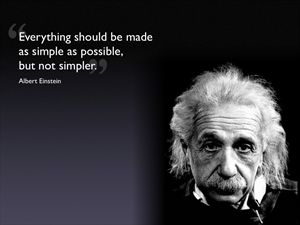A Box Is Not Just a Box: Ten Tips for Creating the Right Packaging
by Sharmi Duncan
Today’s supply chain is more complex than ever. When designing a product, the packaging is just as important as what’s inside. Not only does the messaging on the box need to educate the consumer about the product and why they should buy it, but the actual packaging will tell people more than you may realize about what’s inside. Here are 10 tips to follow when designing the box.
⦁ Understand the product’s physical characteristics: determine the product’s vulnerability to temperature exposure, weather, storage, handling, perishability, etc.
⦁ Involve a cross-functional team: when bringing a product to market, it’s important to consider its path through the entire supply chain. The best way to be sure you’ve considered all issues is to have a product development team that includes internal experts from all areas, because each team member’s perspective and experiences are different. The Marketing Department may want a pretty box, but ask the Shipping Department what matters and they’ll say, “getting the product there undamaged.”
⦁ Understand regulations: packaging standards non-compliance can result in goods being held at customs, which can delay shipment and result in additional inspections, costs, and possibly repackaging. Standards exist for both master cartons and retail packaging, and they vary by country.
⦁ Understand customer requirements: get a copy of your customer’s routing and packaging guide. Many retailers have strict requirements regarding packaging sizes and labeling due to how the packages will be handled within their distribution network. For example, conveyable boxes sometimes have different labeling requirements than non-conveyable boxes. Work with your customer’s shipping and/or compliance department to ensure that you’re following their guidelines.
⦁ Understand customer customer needs: find out if the product is subject to inspections for quality and receiving purposes. Some customers will accept a bulk package for inspection rather than opening a random box in the shipment, and some also follow different shipping guidelines. The bulk pack can be more easily opened, allowing the “inspection piece” to be removed, inspected, and then quickly moved into inventory.
⦁ Evaluate transportation mode: every transportation mode has its own levels of handling, consolidating, and physical exposure. Goods shipped via small package carrier are handled differently from palletized merchandise. Understanding the method(s) by which the products will be shipped can minimize damage.
⦁ Don’t ship air: reducing the packaging profile can reduce freight costs. Package goods using a method that allows the retail packaging and product to arrive damage-free without using excess packing materials.
⦁ Bar-Code: products are handled multiple times, so to create greater visibility throughout the supply chain and, to facilitate product traceability, include bar-codes.
⦁ Use eco-friendly materials: using packaging made of sustainable materials isn’t just a fad. Do your part to help the environment.
⦁ Test, test, and test—use outside resources and/or an engineering firm to test packaging before it goes into production. UPS, GS/TUV and other organizations offer package testing that simulates shipping conditions and forces that products will encounter.


